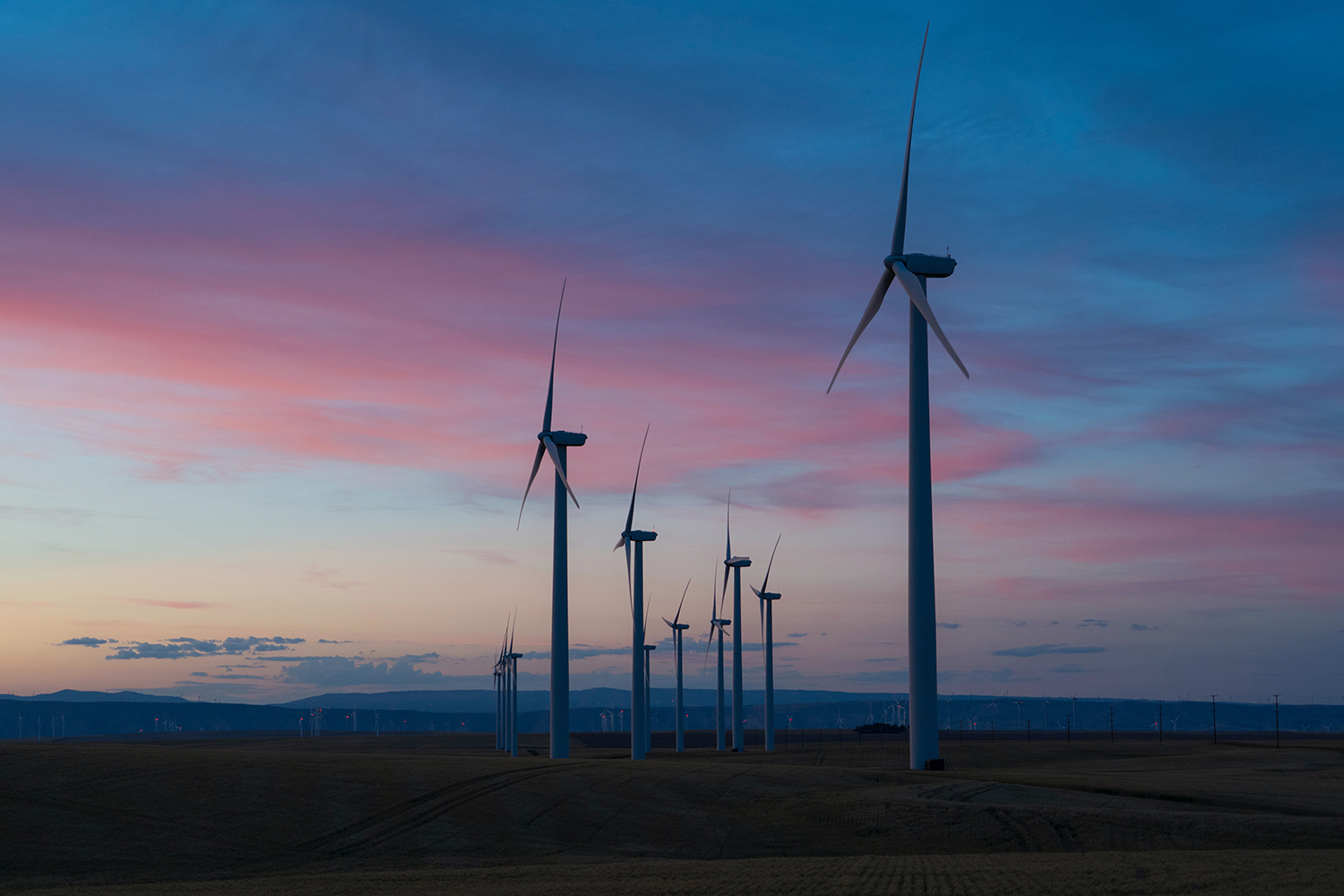Are you sure you want to print? Save the planet. Opt not to print.

For over a decade, the UNEP Emissions Gap Report has provided a yearly review of the difference between where greenhouse emissions are predicted to be in 2030 and where they should be to avoid the worst impacts of climate change.
What’s new in this year’s report
The report finds that, despite a brief dip in carbon dioxide emissions caused by the COVID-19 pandemic, the world is still heading for a temperature rise in excess of 3°C this century – far beyond the Paris Agreement goals of limiting global warming to well below 2°C and pursuing 1.5°C.
However, a low-carbon pandemic recovery could cut 25 per cent off the greenhouse emissions expected in 2030, based on policies in place before COVID-19. Such a recovery would far outstrip savings foreseen with the implementation of unconditional Nationally Determined Contributions under the Paris Agreement, and put the world close to the 2°C pathway.
The report also analyses low-carbon recovery measures so far, summarizes the scale of new net-zero emissions pledges by nations and looks at the potential of the lifestyle, aviation and shipping sectors to bridge the gap.
To view this report in other UN languages, please click on “Languages” on top right of header
Emissions Gap Report 2020: An Inflection Point
Despite a dip in greenhouse gas emissions from the COVID-19 economic slowdown, the world is still heading for a catastrophic temperature rise above 3°C this century – far beyond the goals of the Paris Agreement. But UNEP’s Emissions Gap points to hope in a green pandemic recovery and growing commitments to net-zero emissions.
Press conference to launch the Emissions Gap Report 2020
The Emissions Gap Report 2020, launched on Wednesday 9 December provides an update of global emissions pathways and progress towards achieving national mitigation pledges and the Paris Agreement goals as well as the resulting ‘emissions gap’.
Emissions Gap Report 2020 Interactive
Every year, the Emissions Gap Report signals the difference between where greenhouse emissions are predicted to be in 2030 and where they should be to avoid the worst impacts of climate change.


